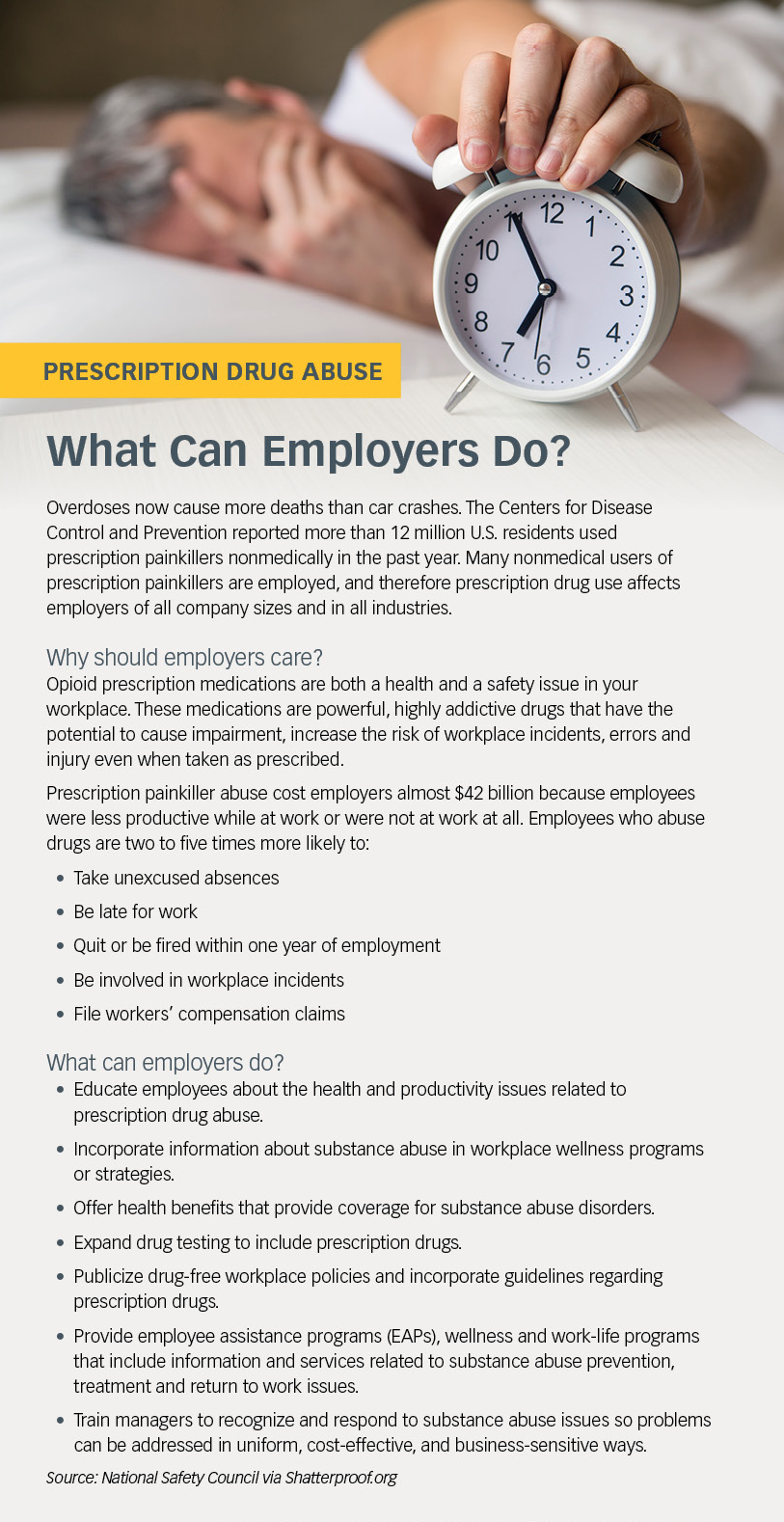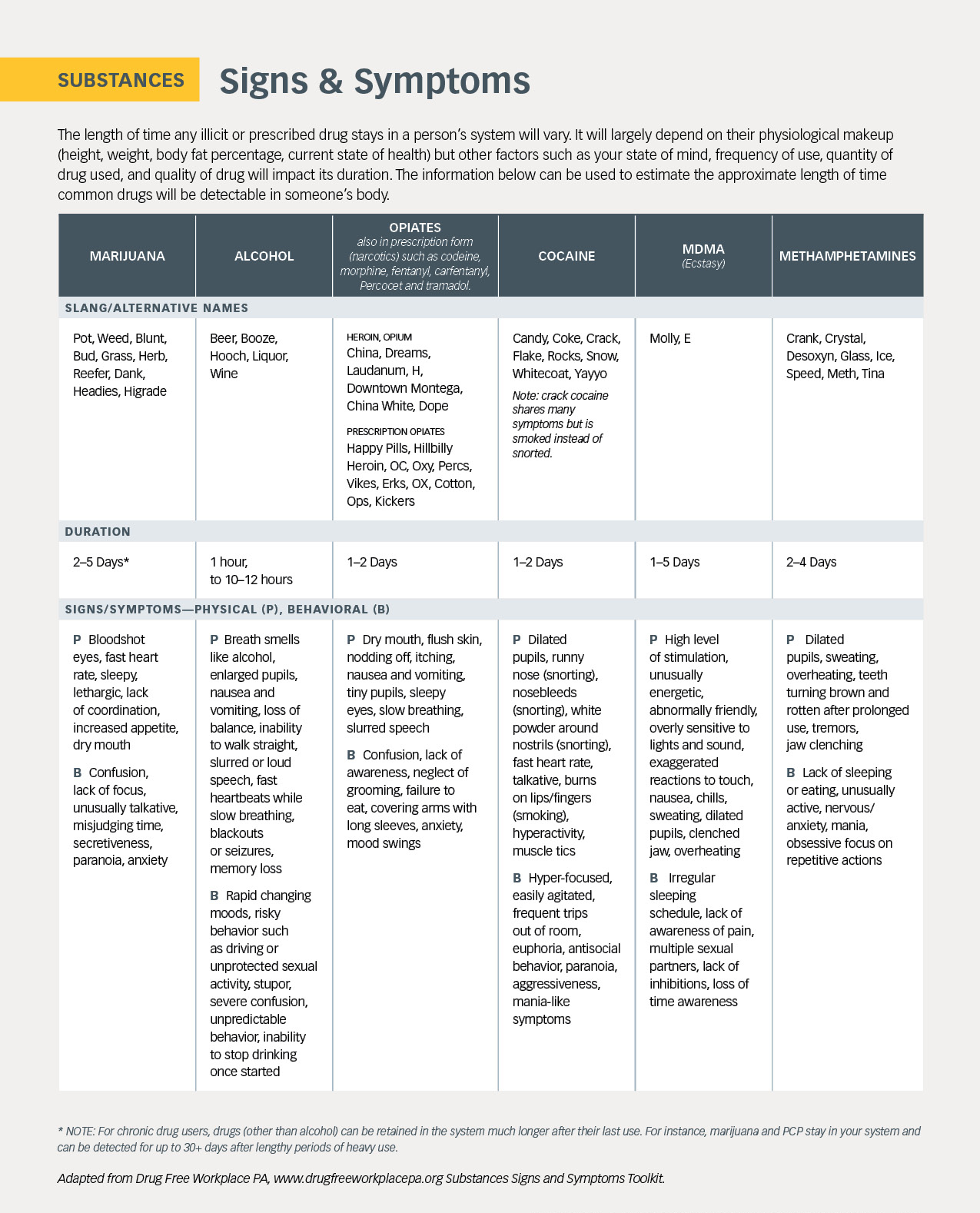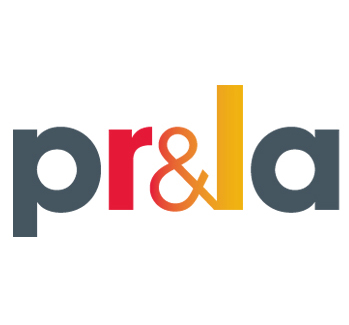Supervisors and managers, particularly in the hospitality and tourism sectors, should receive training on how to recognize and deal with employees who have job performance, personal, and family problems that could be related to alcohol or other drugs.
To maximize the effectiveness of a drug-free workplace policy and program, customized supervisor training should consider the characteristics of the workplace and of the employees. This is where an organization like Drug Free Workplace PA, www.drugfreeworkplacepa.org, can benefit small, independent operators.
 Guidelines for Supervisors
Guidelines for Supervisors
Supervisors, as well as human resources staff, can benefit from following these seven guidelines:
- Know the Organization’s Policy and Program Be familiar with the policy and the program, along with the rationale for implementing them. Ensure that these are clearly communicated to all staff members.
- Be Aware of Legally Sensitive Areas Provide due process and opportunity for response to allegations. If testing is a part of the policy, ensure laboratory quality control and confirmation of positive tests. Where applicable, follow collective bargaining agreements.
Provide updated information on changing local, state, and federal laws as they apply to alcohol, prescription drugs, and other drugs. Include any implications for the drug-free workplace policy. - Recognize Potential Problems Observation is key to early detection of emerging patterns of performance and attendance problems. Do not wait for performance or attendance to deteriorate to the point that the employee has little chance of remediating the situation. Addressing potential issues before they become serious problems is an important step in creating a safe, healthy, and productive workplace.
The following signs alone do not indicate substance use, but they do indicate that perhaps the employee is experiencing personal issues that could affect job performance: • Change in work attendance or performance
• Alteration of personal appearance
• Mood swings or attitude changes
• Withdrawal from responsibility or contacts with associates
• Unusual behavior patterns, including sleeping on the job or inability to concentrate
• Defensive attitude concerning any problems - Document Documentation is an essential tool for identifying patterns in performance or attendance deficiencies. It is also essential for advancing corrective action. When you observe problem attendance or performance patterns, document them as they occur. When documenting, be specific about instances where performance and attendance failed to meet workplace standards. Be sure to provide employees with a well-defined job description, along with appropriate job training. In this way, you can be explicit about the behaviors you expect.
You will be more effective if you have a log of specific examples to refer to when addressing the employee. Examples will enable the employee to understand the true nature of your concern, serve to motivate, and then help you assign the appropriate corrective action. Remember, document concrete facts and observations rather than opinions, gossip, or assumptions.
- Act According to research by Paul M. Roman and S.C. Baker in the Handbook of Mental Health in the Workplace, constructively addressing the problem is a proven strategy for dealing with employees who have a performance problem in which substance use, including prescription drug misuse, may be a factor.
Constructively addressing the problem involves organizing a well-structured performance meeting. If your company has an employee assistance program (EAP), the program might be able to provide guidance on the process. During the consult, the EAP can also help coach the supervisor through the constructive assessment process.
Present the employee with documented evidence of performance deficits. Include a union representative, if applicable, during the meeting. If you believe that personal problems could be contributing to the performance and attendance concerns, refer the employee to an appropriate support resource such as an EAP.
When addressing the employee with your documented concerns, consider the following:
• Identify the employee’s strengths.
• Describe the specific job performance problem (or problems) identified in your documentation and provide the employee with her or his own copy.
• Discuss and describe performance expectations.
• Keep your discussions focused on job performance/attendance.
• Identify supervisory support to help the employee improve performance/attendance.
• Set a time period in which you expect the employee to improve job performance.
• Offer the employee a referral to the company EAP or other resource to address any personal problems that affect performance.
• Identify a time frame for another meeting with the employee to review progress. - Refer to Appropriate Programs A referral is not an adverse action but can be the first step toward helping an employee get back on track. Guidelines for making a referral include the following:
• Choose the type of assistance based on the established effectiveness of available treatment options for particular issues.
• Consider a provider under the employee’s health insurance plan.
• Ensure that the provider understands the employee’s essential job requirements and the workplace culture.
• Consider referring to an EAP that specializes in conducting employee workplace assessments, locating substance use treatment resources, transitioning the employee back into the workplace, and monitoring his or her ongoing compliance with return to work.
• If a workplace is required to follow federal testing regulations (such as the Department of Transportation rules), a qualified substance abuse professional (SAP) may need to conduct both the initial and return-to-work assessments. SAPs are available through third-party national networks, and they typically offer fixed fees based on each individual case. The drug-free workplace policy should address who is responsible for any SAP fees.
• The employer should continue to be supportive of employees who have been referred for assistance with problems related to alcohol and misuse of prescription or other drugs. An EAP can provide supervisors with guidance on supportive measures. - Reintegrate Recovery from alcohol, prescription drugs, or other drug problems is a gradual, nonlinear process. To prevent relapse and to promote sustained recovery, supportive re-entry and follow-up are key. •
Source: Substance Abuse and Mental Health Services Administration, www.samhsa.gov/workplace/toolkit/plan-implement-program/supervisor-training
About the Substance Abuse and Mental Health Services Administration
The Substance Abuse and Mental Health Services Administration (SAMHSA) is the agency within the U.S. Department of Health and Human Services that leads public health efforts to advance the behavioral health of the nation. SAMHSA’s mission is to reduce the impact of substance abuse and mental illness on America’s communities.













